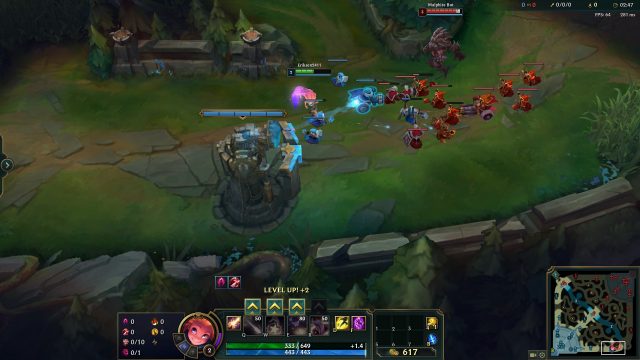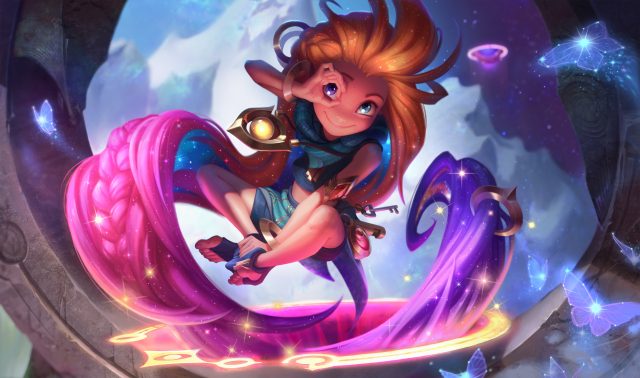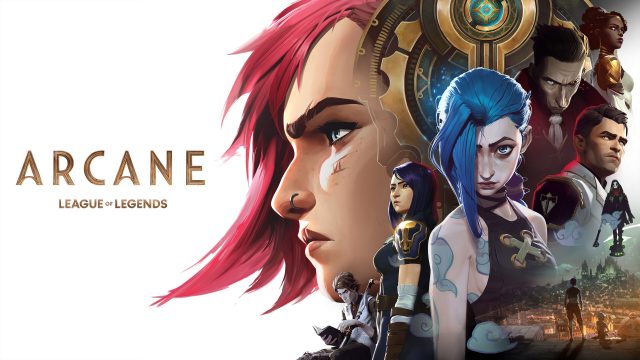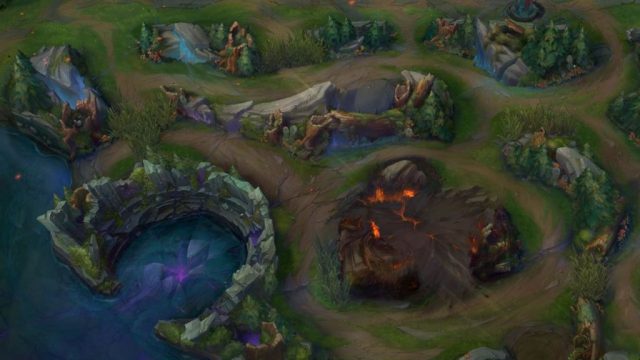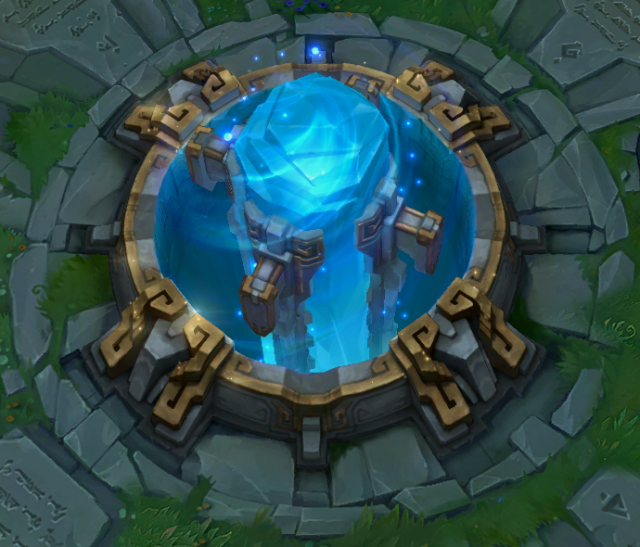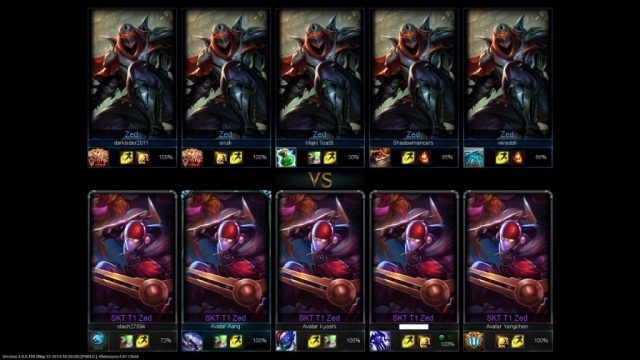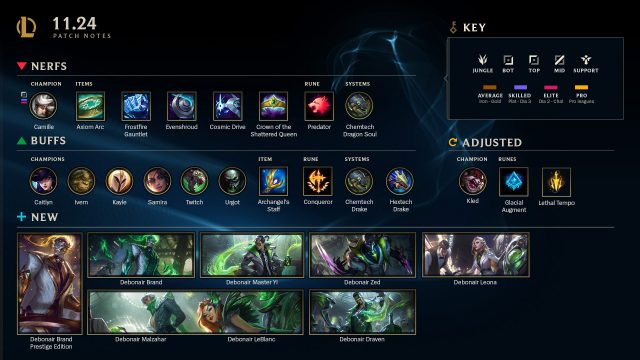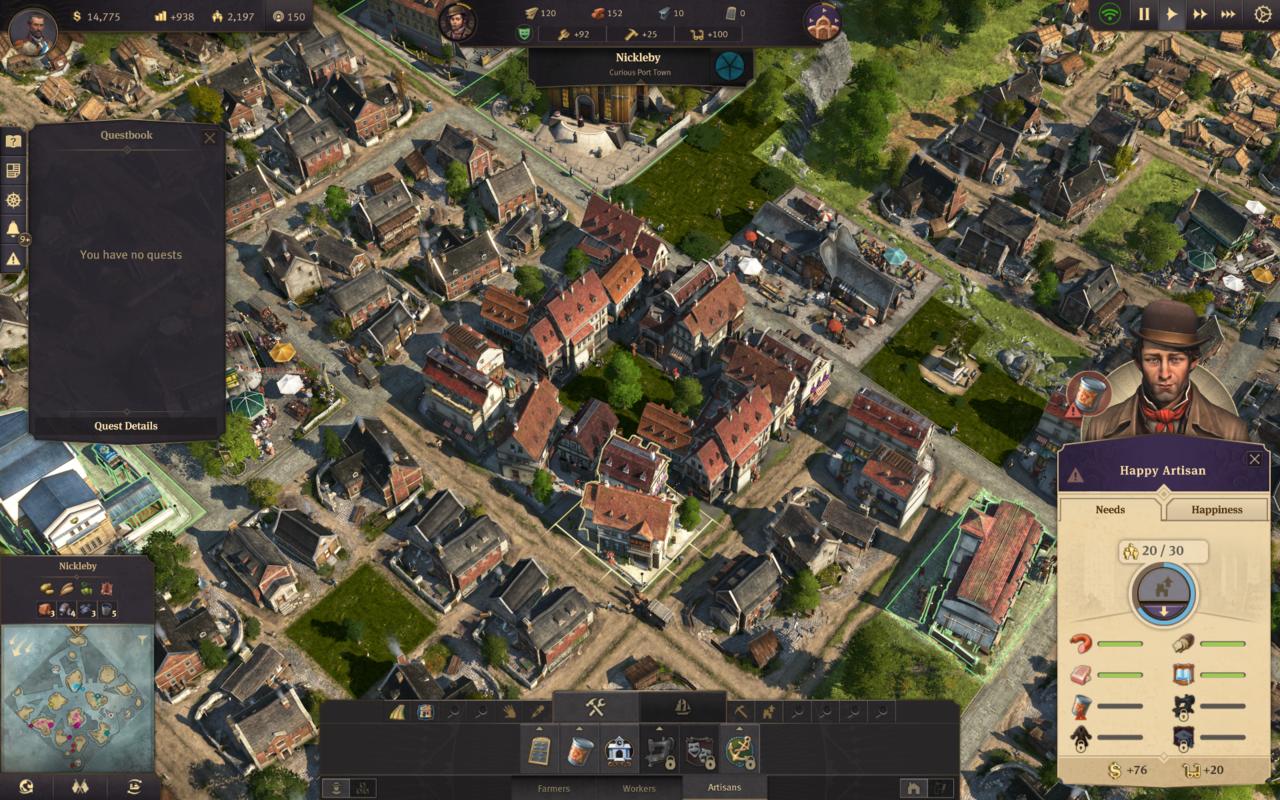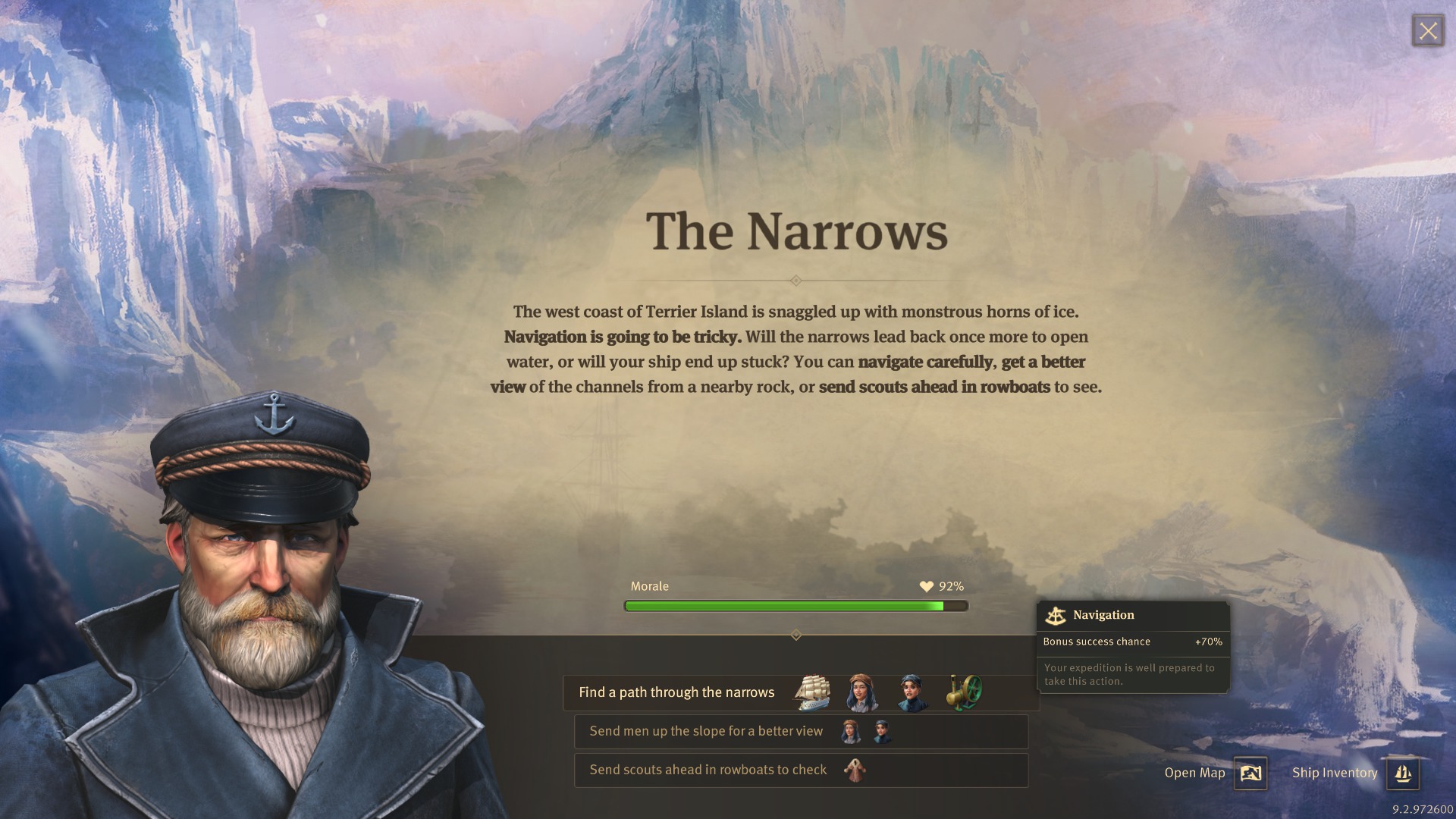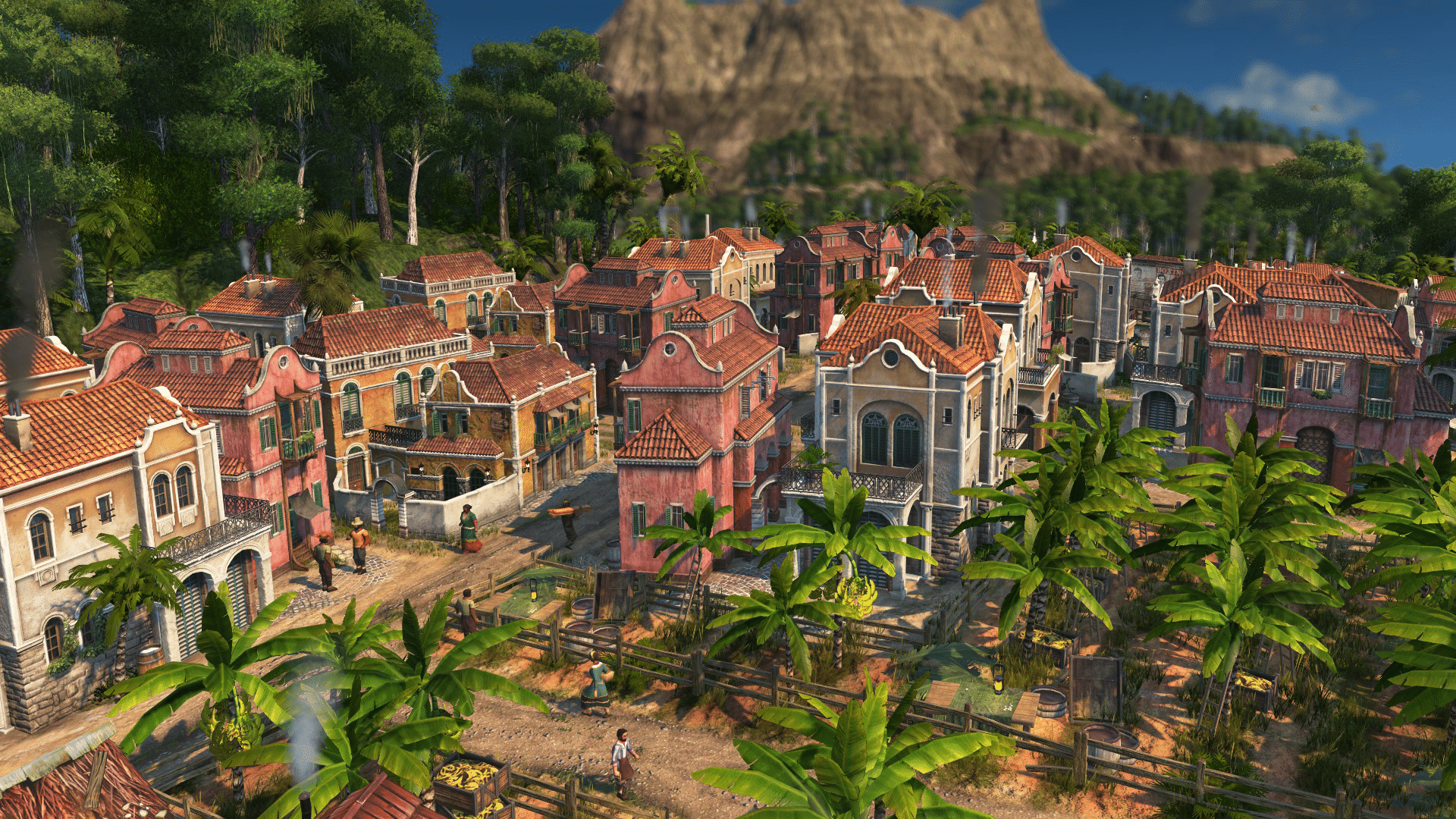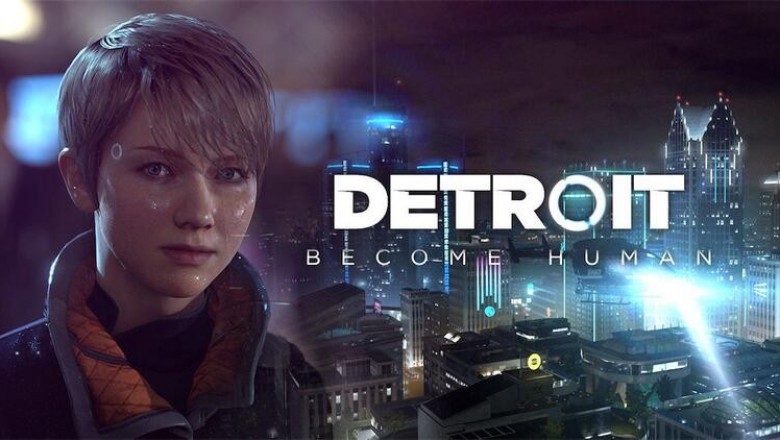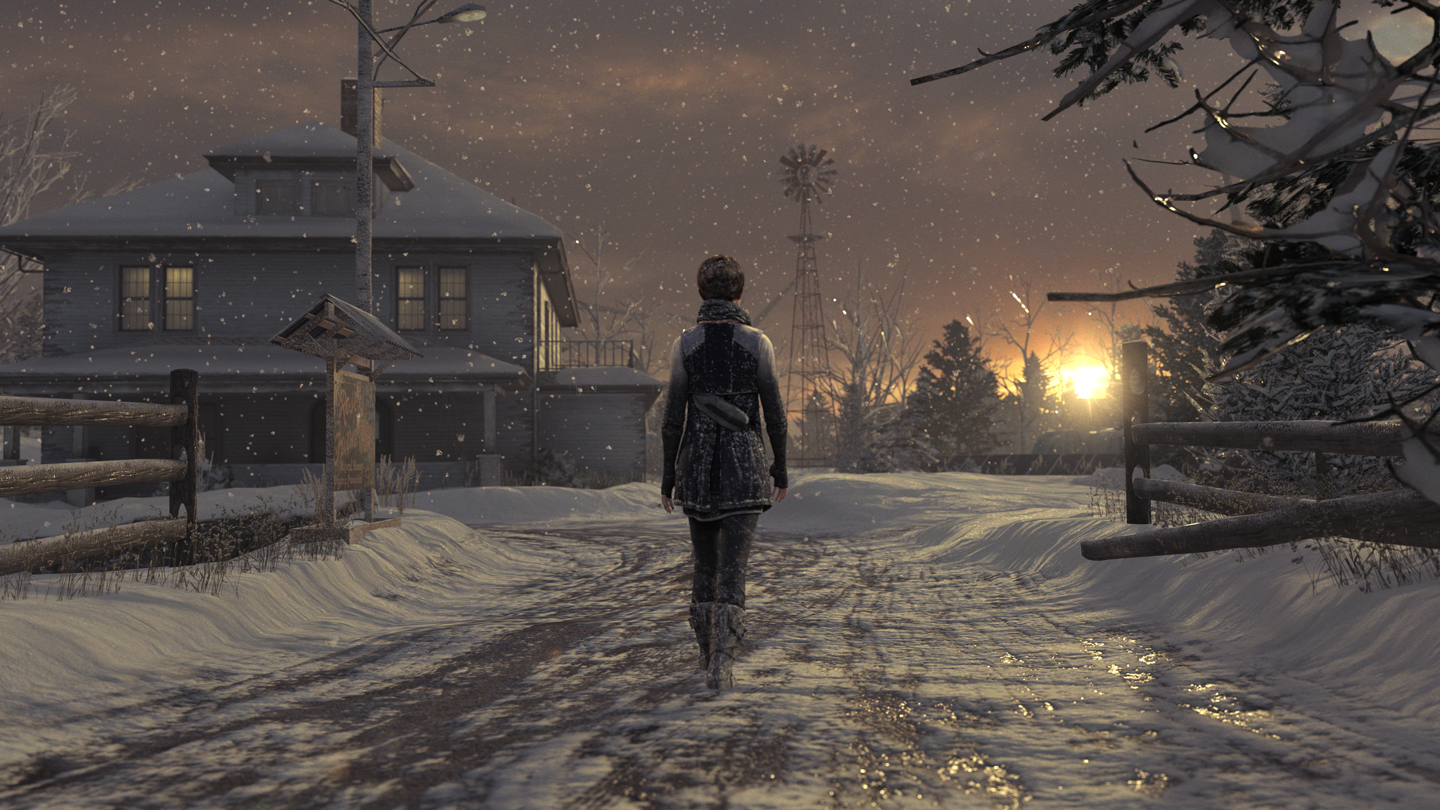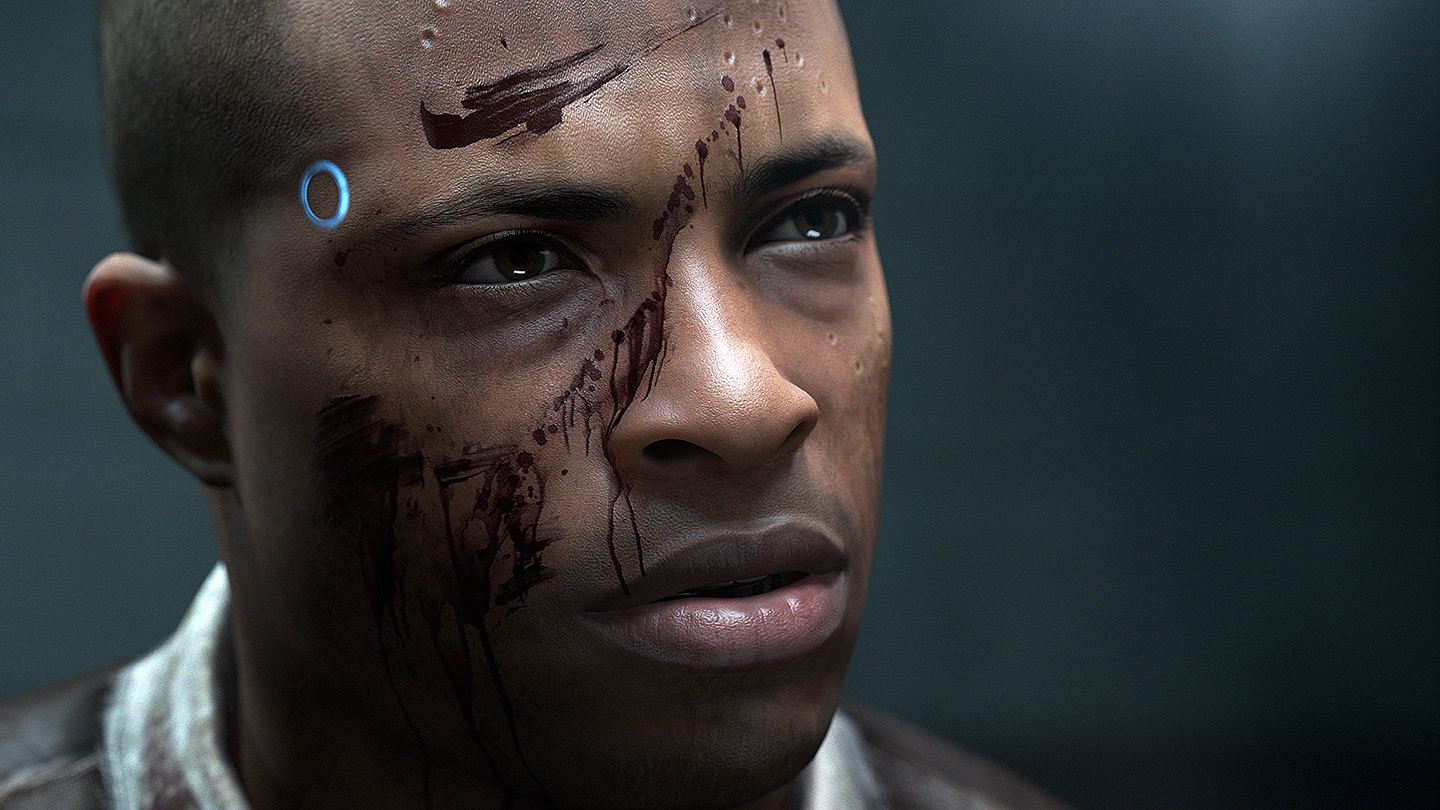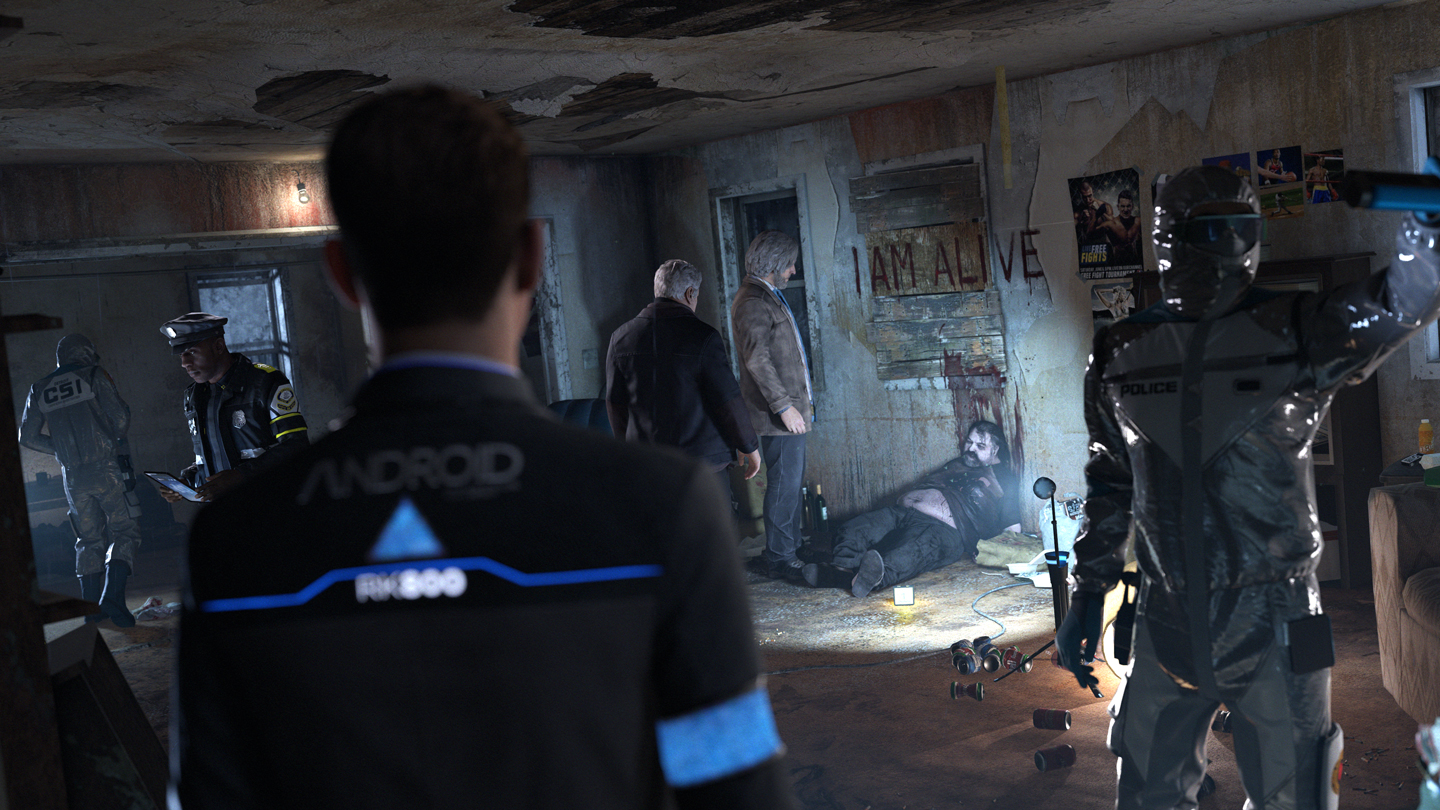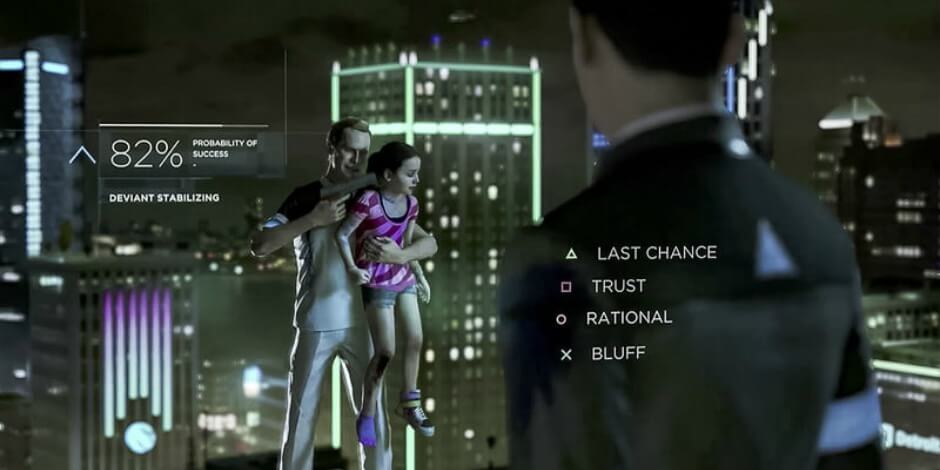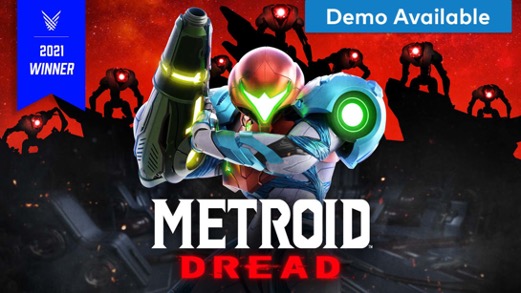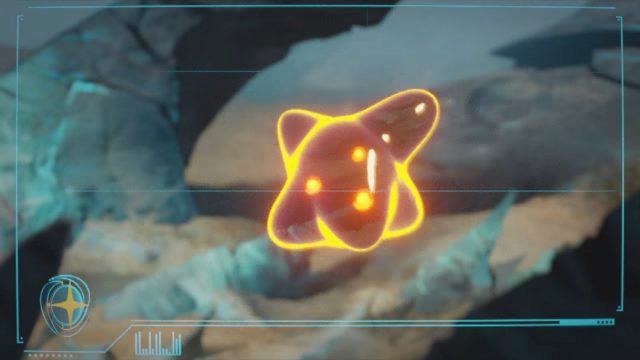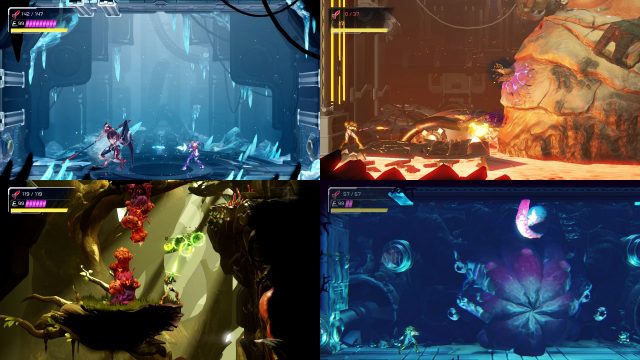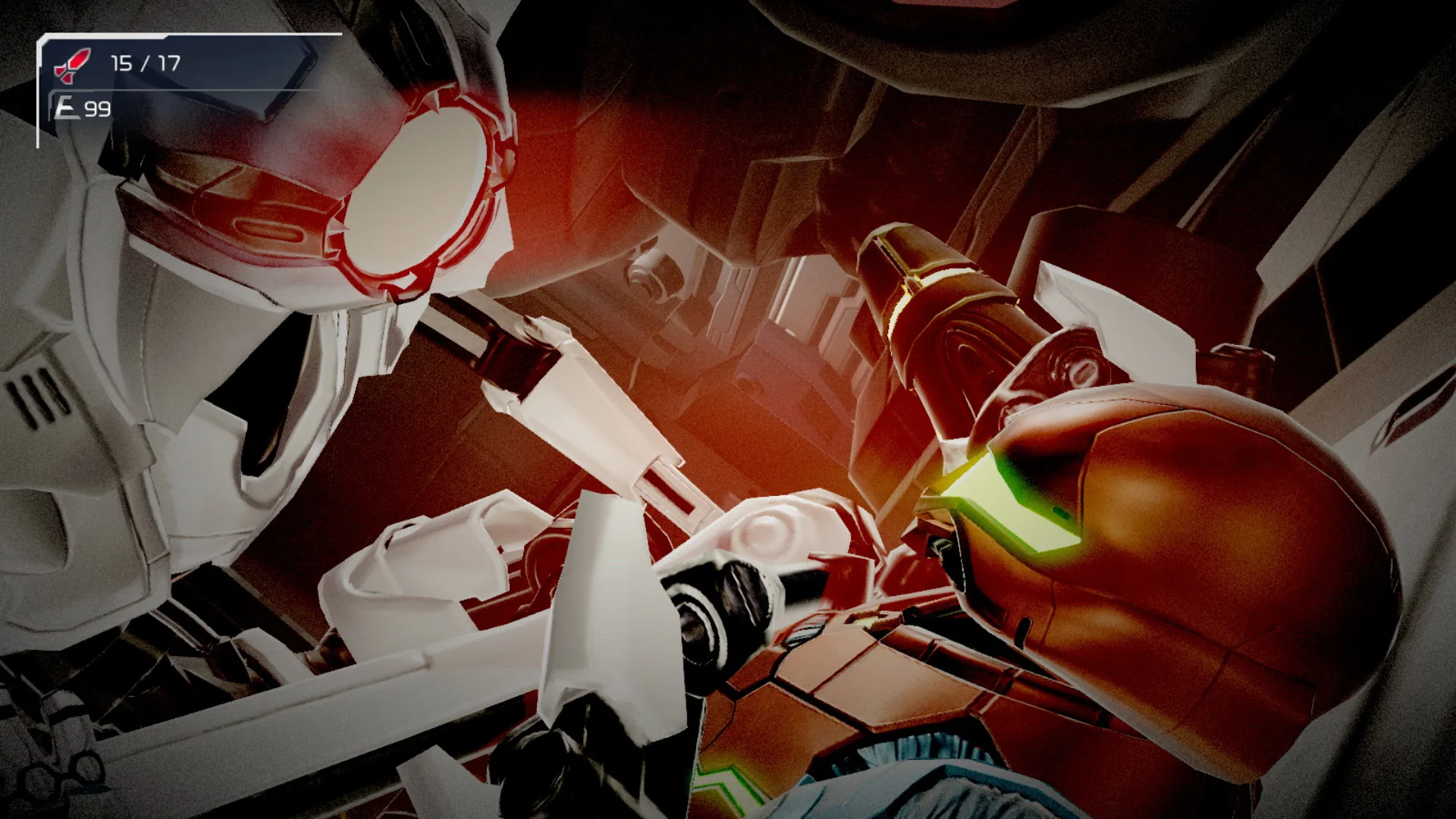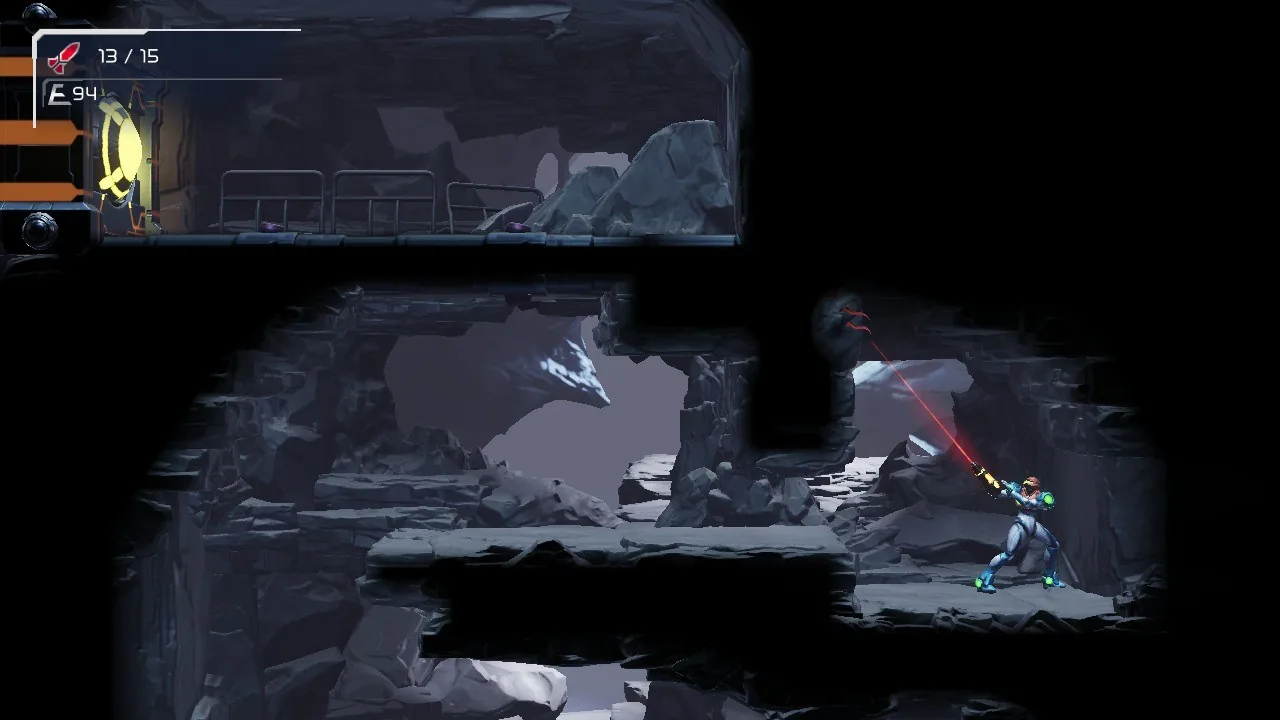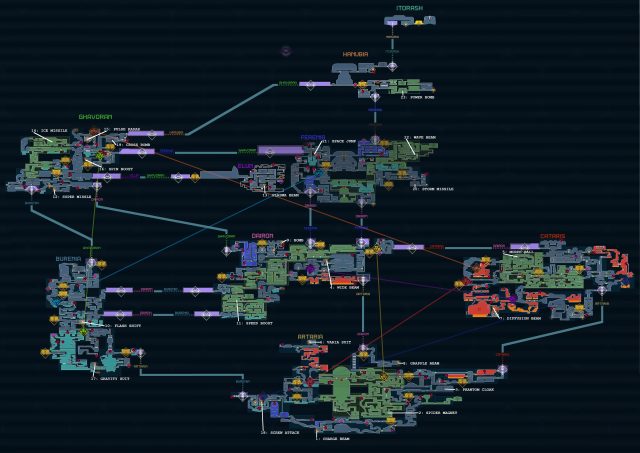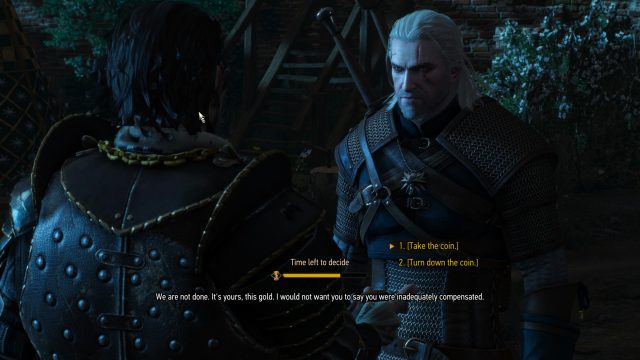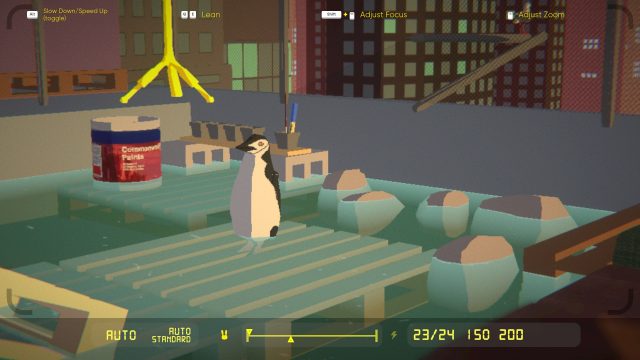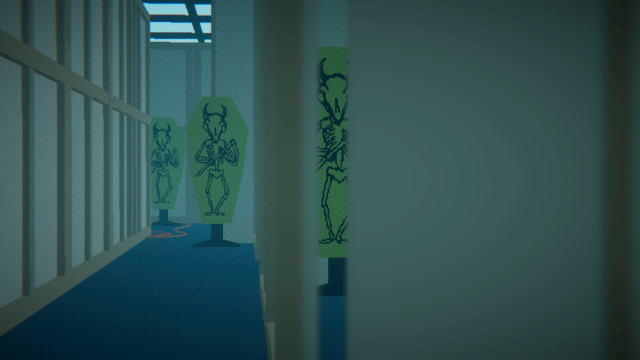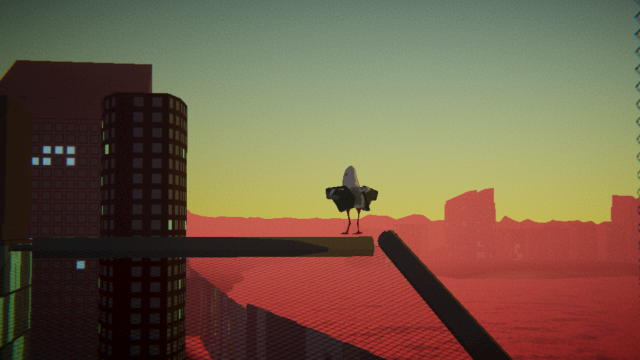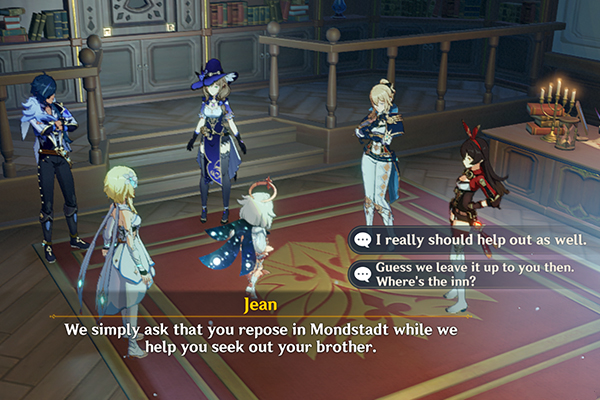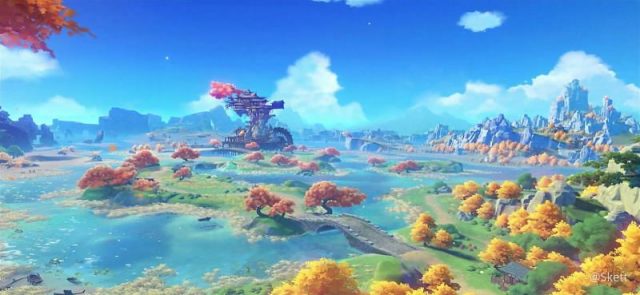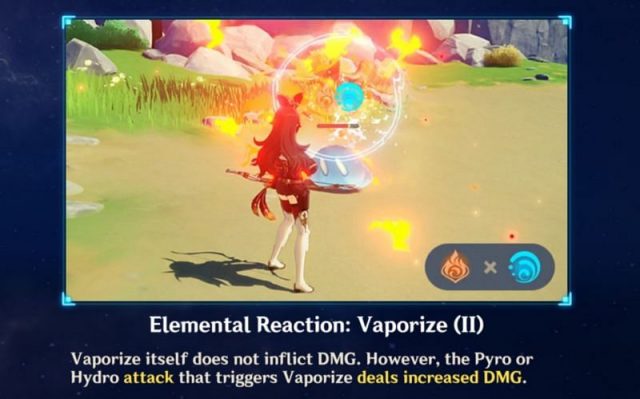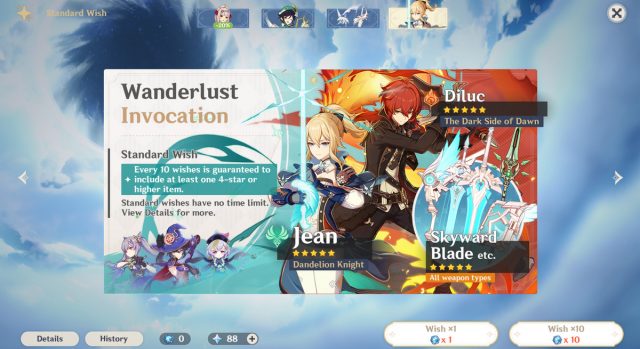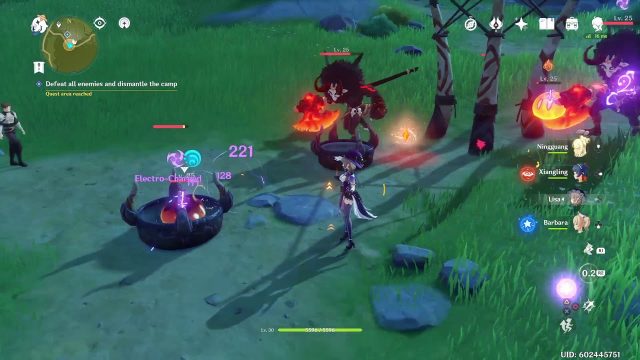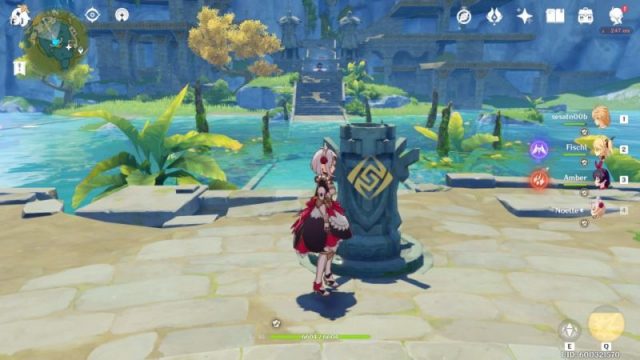Brawl Star is a MOBA (Multiplayer Online Battle Arena) and third person shooting game developed by Supercell. It was released worldwide on IOS and Android on December 12, 2018. It was nominated for BAFTA Games Award for EE Mobile Game of the Year 2019 and BAFTA Games Award for Mobile Game 2019.
Lens 9: Element Tetrad
Experience:

Brawl Star provides various game modes with different objectives. Players can choose a brawler either long range or close range from his hero pools to play the game mode. The most interesting game mode for me is the brawl ball. Personally, I am a football lover. The objective is to defend your goal and score within time limit in a team of 3. The special thing about this mode is you can use skills to kill the defenders, break the walls or slow down the enemy.
Aesthetic:
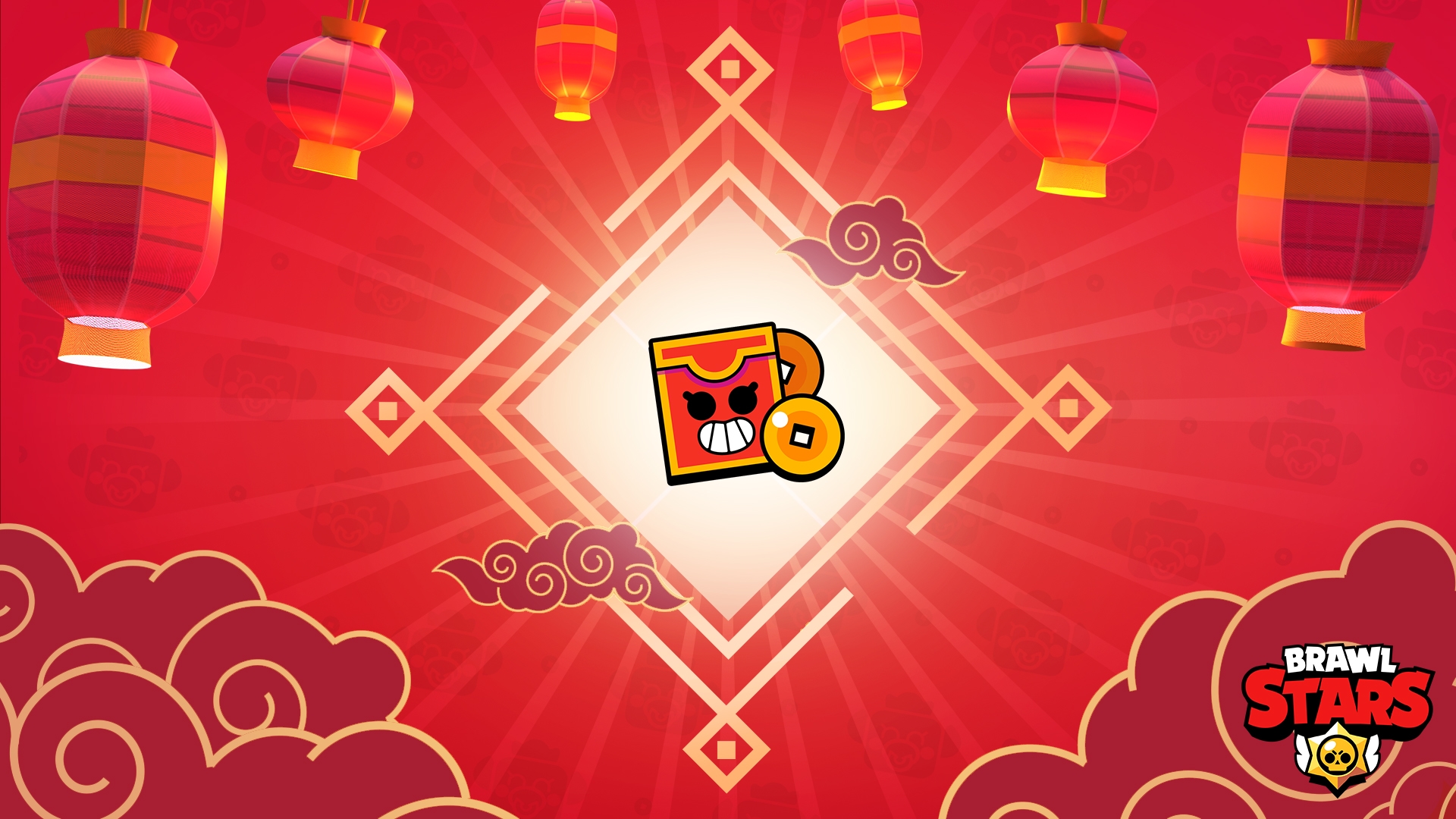
The aesthetics parts of the game are the themes and brawler skins. The themes are updated every 7 weeks with new lobby music and wallpaper. Every time a theme is updated, a new brawler and many theme related skin for brawlers are introduced. The theme I liked the most is the Lunar New Year theme. I loved the Lion Dance skin for Brock (a long-range brawler) very much. Basically, he is wearing a Chinese jacket and shoots enemy with fireworks.
Story:
The game mechanic is to earn box tokens while you play. After acquiring enough box tokens, you can open brawl boxes to farm coins and unlock new brawlers. Then, you can play more variety of brawlers and upgrade your brawlers’ HP and damage using coins. The stronger your brawler is, the higher chance you can win the battle.
Technology:

It is a third person shooting game with isometric view. Isometric view also called pseudo-3D or 2.5D. It makes 2D looks like 3D, so that the shooting experience is more realistic and immersive.
Lens 43: Competition
Players queue with players who are using brawlers with the same trophy range. Winning a game earns trophies for the chosen brawler. These mean that novices and experts can meaningfully compete at the game. The higher trophy number you get, the more skillful you are. Club recruitment is based on the skillfulness of the player which is the total trophy number of all brawlers. This trophy system determines who is the most skilled and ensure that people strive to win the game.
There are global and local leaderboards showing player with the highest trophy.

Lens 47: Punishment
Due to the existence of trophy system, players are trying to avoid reducing trophies when they feel disadvantaged, for example leaving the game to avoid trophy reduction. In other games, this method will work and the match is considered free to leave. In Brawl Star, it “punishes” the team with disconnected player by applying trophy reduction to the losing team. This means that leaving the game halfway in a team gaming mode will give extra advantage to the enemy team.
Power League is a competitive mode by generating a random game mode and allow players to ban brawlers according to team strategy. There are penalties to the player who leaves the match after matchmaking. First level of penalty will be a warning. For subsequent disconnections, the level of penalties increases. Players will be banned from playing power league for specific amount of time and rank score will be decreased. These penalties seem fair by giving chances to players with connection issues and giving penalties to those who disconnected intentionally.
Levels of Penalties: https://brawlstars.fandom.com/wiki/Power_League
Lens 96: Friendship
Player can look for friends with similar trophy range. After winning a game, player can click “play again” with the same team if they are willing to. This can help pushing trophies more efficient. Players can add each other into the friend list after the game. Team formation becomes simpler using the invitation and chat function.
There is also a club recruitment feature to recruit players with similar trophy range. Club members can join Club League to fight for their club reputation and earn exclusive rewards.
Lens 27: Time
One game mode can have many kinds of maps. To show a loop of maps, every game mode is refreshed with new map every 24 hrs. Player can choose the more suitable brawlers to play in specific maps. Providing different combination of brawlers and maps give players a dynamic experience to try out different strategies.
In-game timer is applied to every game mode. The timer act as a decision for winner. When the timer runs out, the team who has the higher scores win. Depending on the game mode, the duration usually last for around 2 minutes. In solo showdown, there is a poison cloud which grows in from the edges of arena, forcing players to fight each other in a progressively small area. Each match in Brawl Star takes very short amount of time and the timer ensures that there is a conclusive result when the match ends.

Conclusion
While playing the game myself, I did not notice there are so many elements/lenses that contribute to the gaming experience. It is a fun mobile game and I always feel very excited about the new things coming out every update, like new brawler, skins, game modes and maps. Do try it out if you are interested in mobile game.

